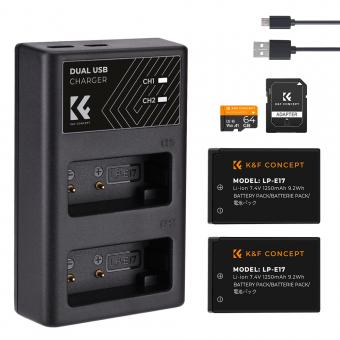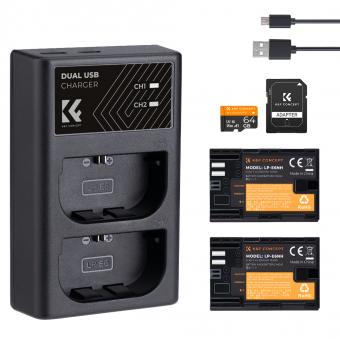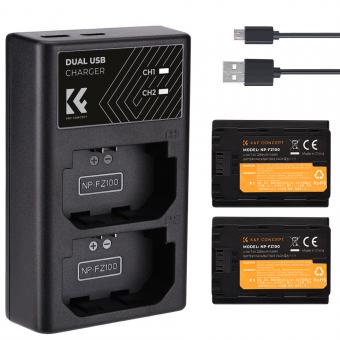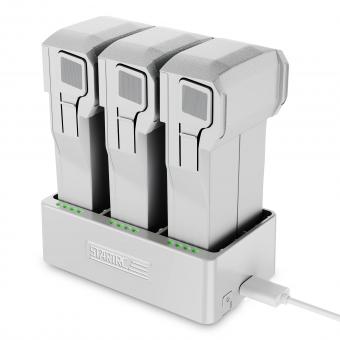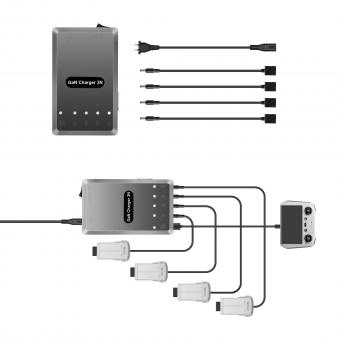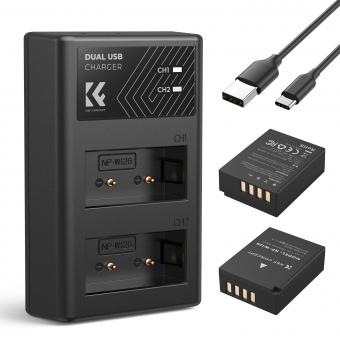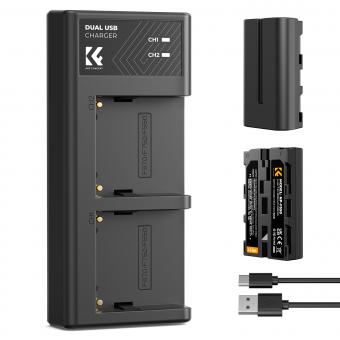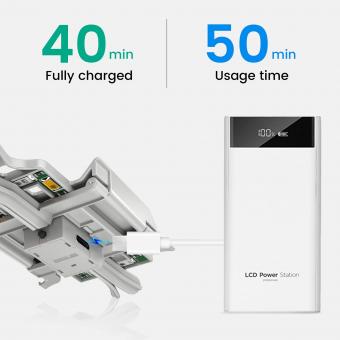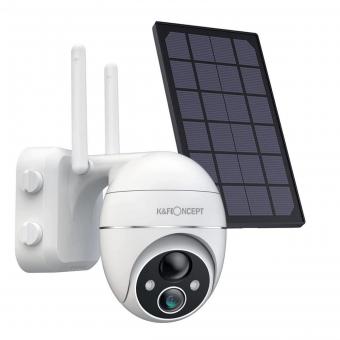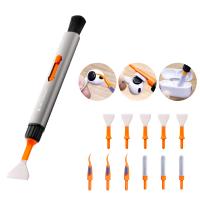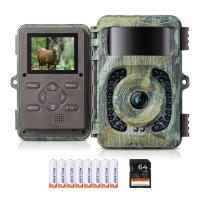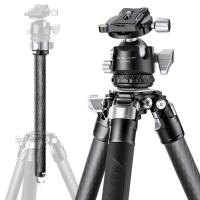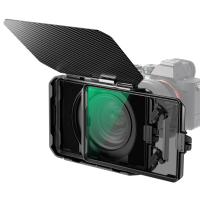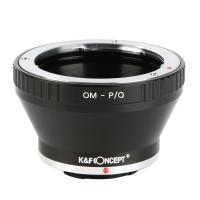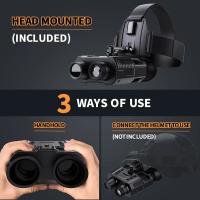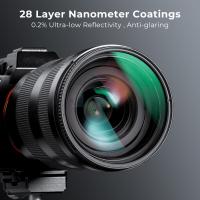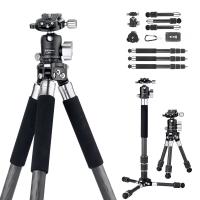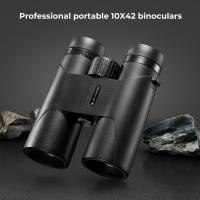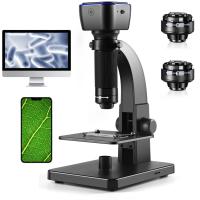How To Fly With Camera Batteries ?
When flying with camera batteries, it is important to follow the airline's guidelines and regulations. Most airlines allow camera batteries to be carried on board in carry-on luggage, but not in checked baggage. It is recommended to keep the batteries in their original packaging or in a protective case to prevent damage or short-circuiting. It is also important to ensure that the batteries are fully charged and that the terminals are covered or insulated to prevent accidental discharge. If you are traveling with spare batteries, it is recommended to carry them in a separate plastic bag or container to prevent contact with other metal objects. It is also important to check the airline's specific regulations regarding the maximum number of batteries allowed and their capacity.
1、 Airline regulations on camera batteries
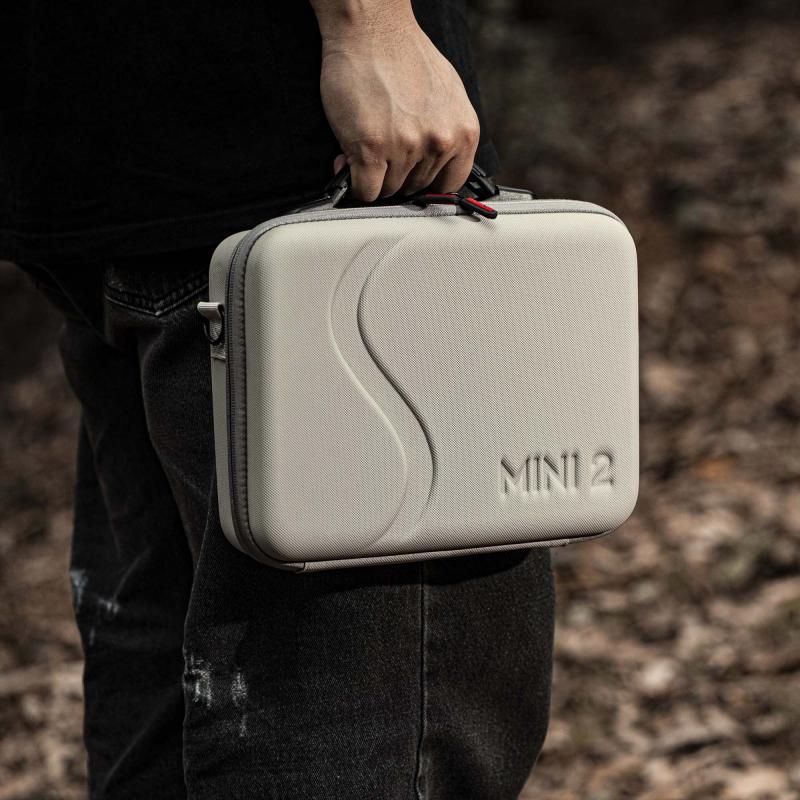
Airline regulations on camera batteries are constantly evolving, and it is important for travelers to stay up-to-date on the latest rules and restrictions. In general, camera batteries are allowed in both carry-on and checked luggage, but there are some important guidelines to follow.
Firstly, it is recommended to carry camera batteries in your carry-on luggage, as they are typically safer and more accessible in case of an emergency. However, it is important to note that lithium-ion batteries, which are commonly used in cameras, have a limit on the amount of power they can contain. For this reason, spare batteries must be individually protected to prevent short circuits, and they must be carried in your carry-on luggage.
Additionally, some airlines may have specific rules regarding the number of spare batteries that can be carried, so it is important to check with your airline before you travel. Some airlines may also require that you tape over the battery terminals to prevent accidental activation.
When traveling internationally, it is important to be aware of the regulations in the country you are visiting, as they may have different rules regarding camera batteries. For example, some countries may require that you declare your camera batteries upon arrival, or they may have restrictions on the amount of power that can be carried.
In summary, when flying with camera batteries, it is important to carry them in your carry-on luggage, protect them from short circuits, and check with your airline and the country you are visiting for any specific regulations.
2、 Types of camera batteries allowed on flights

How to fly with camera batteries:
When traveling with camera batteries, it is important to follow the airline's guidelines to ensure a safe and hassle-free journey. Here are some tips on how to fly with camera batteries:
1. Carry-on luggage: Camera batteries should always be carried in your carry-on luggage. This is because lithium-ion batteries are considered hazardous materials and are not allowed in checked baggage.
2. Battery capacity: The capacity of each battery should not exceed 100 watt-hours (Wh) or 2 grams of lithium content. If you have larger batteries, you may need to get approval from the airline before you travel.
3. Battery packaging: To prevent short circuits, each battery should be placed in its own protective case or plastic bag. This will also make it easier for security personnel to inspect them.
4. Battery terminals: The battery terminals should be covered with tape or placed in a plastic bag to prevent accidental short circuits.
5. Carry spare batteries: It is always a good idea to carry spare batteries, especially if you are going on a long trip. However, the same rules apply to spare batteries as to the ones in use.
Types of camera batteries allowed on flights:
There are two main types of camera batteries: lithium-ion and nickel-metal hydride (NiMH). Lithium-ion batteries are the most common type of camera battery and are allowed on flights. NiMH batteries are also allowed, but they are less common.
It is important to note that the rules for flying with camera batteries can vary depending on the airline and the country you are traveling to. It is always a good idea to check with your airline before you travel to ensure that you are following their guidelines.
In recent years, there have been concerns about the safety of lithium-ion batteries on flights. Some airlines have even banned certain models of laptops and smartphones due to the risk of battery fires. However, camera batteries are generally considered safe as long as they are properly packaged and stored.
3、 Proper storage and packaging of camera batteries
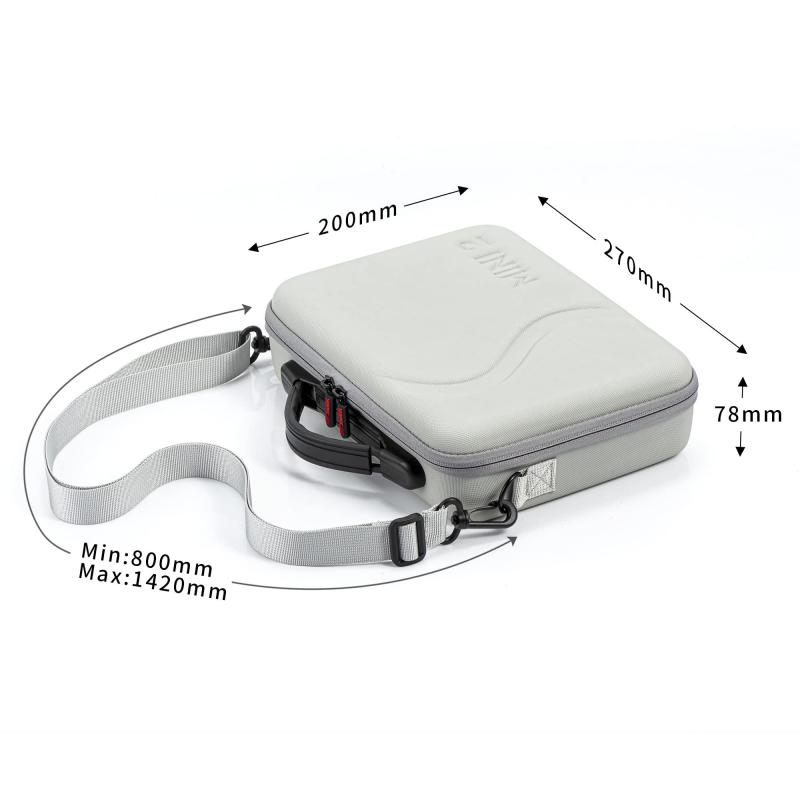
Proper storage and packaging of camera batteries is essential when flying with them. Lithium-ion batteries, commonly used in cameras, are considered hazardous materials and are subject to strict regulations when transported by air. Here are some tips on how to fly with camera batteries:
1. Carry-on luggage: It is recommended to carry camera batteries in your carry-on luggage rather than checked baggage. This way, you can keep an eye on them and prevent any damage or theft.
2. Original packaging: If possible, keep the batteries in their original packaging. This will provide extra protection and help prevent any accidental short-circuiting.
3. Insulate the terminals: Cover the battery terminals with electrical tape or a plastic cap to prevent any contact with metal objects that could cause a short circuit.
4. Keep them cool: Avoid exposing the batteries to extreme temperatures. Keep them in a cool, dry place and avoid direct sunlight.
5. Check airline regulations: Check with your airline for their specific regulations on carrying camera batteries. Some airlines may have restrictions on the number of batteries you can carry or require them to be stored in a specific way.
It is important to note that regulations regarding the transportation of lithium-ion batteries are constantly evolving. It is recommended to stay up-to-date with the latest guidelines and regulations to ensure a safe and hassle-free travel experience.
4、 Tips for traveling with camera batteries

Tips for traveling with camera batteries:
1. Check airline regulations: Before you travel, check the airline regulations regarding the transportation of camera batteries. Some airlines have specific rules about the number of batteries you can carry, their capacity, and how they should be packed.
2. Carry-on luggage: Always carry your camera batteries in your carry-on luggage. This way, you can keep an eye on them and prevent any damage that may occur during baggage handling.
3. Keep batteries in their original packaging: It is recommended to keep your camera batteries in their original packaging or in a battery case. This will protect them from damage and prevent them from short-circuiting.
4. Tape battery contacts: To prevent accidental discharge, tape the battery contacts with electrical tape or cover them with a plastic cap.
5. Store batteries in a cool, dry place: Store your camera batteries in a cool, dry place away from direct sunlight and heat sources. This will help to extend their lifespan and prevent them from overheating.
6. Charge batteries before travel: Make sure to charge your camera batteries fully before you travel. This will ensure that you have enough power to capture all your memories.
7. Consider purchasing a portable charger: If you are traveling to a remote location or will be away from power sources for an extended period, consider purchasing a portable charger. This will allow you to charge your camera batteries on the go.
In addition to these tips, it is important to stay up to date with the latest regulations and guidelines regarding the transportation of camera batteries. As technology advances, airline regulations may change, so it is always best to check with your airline before you travel.



